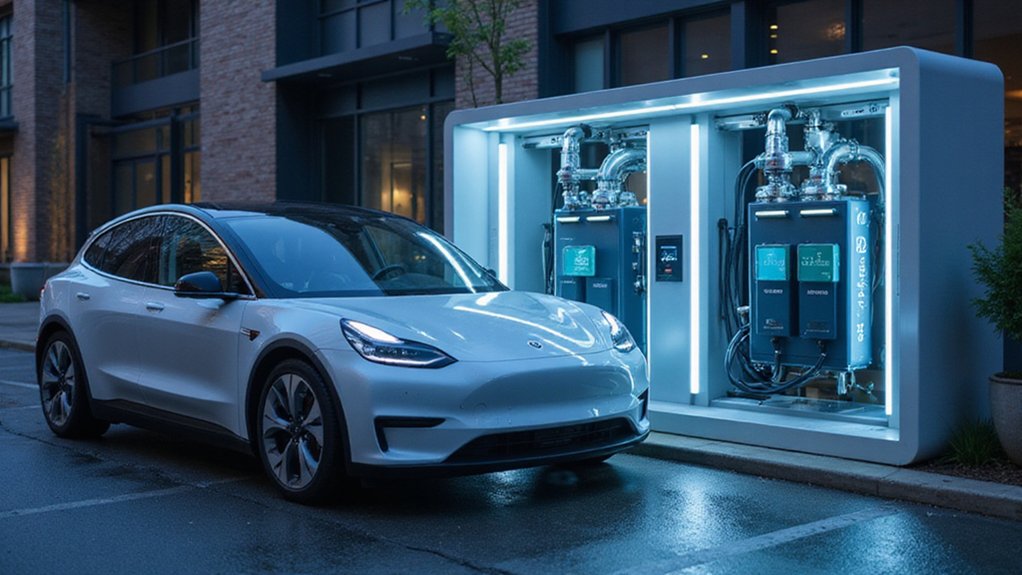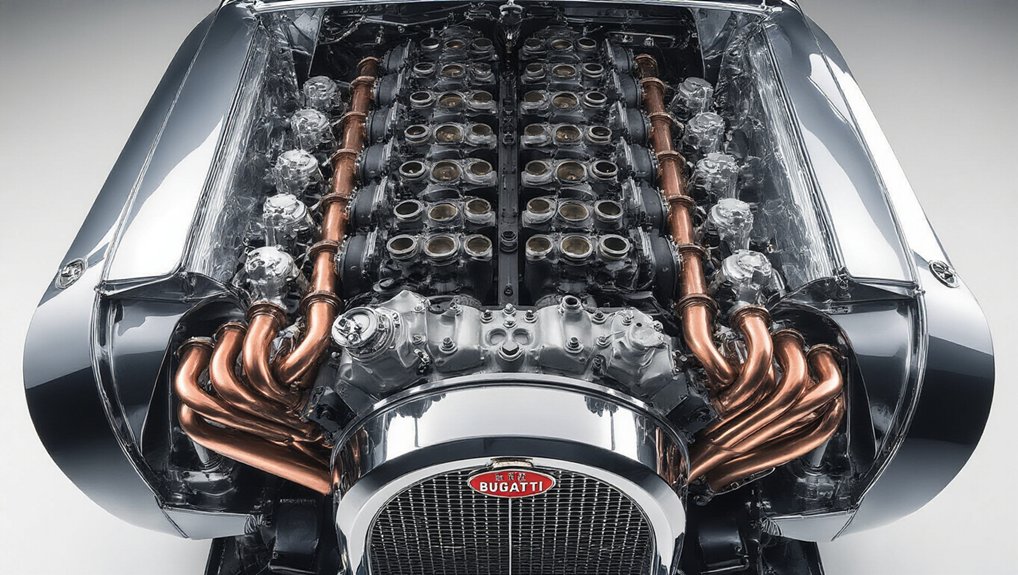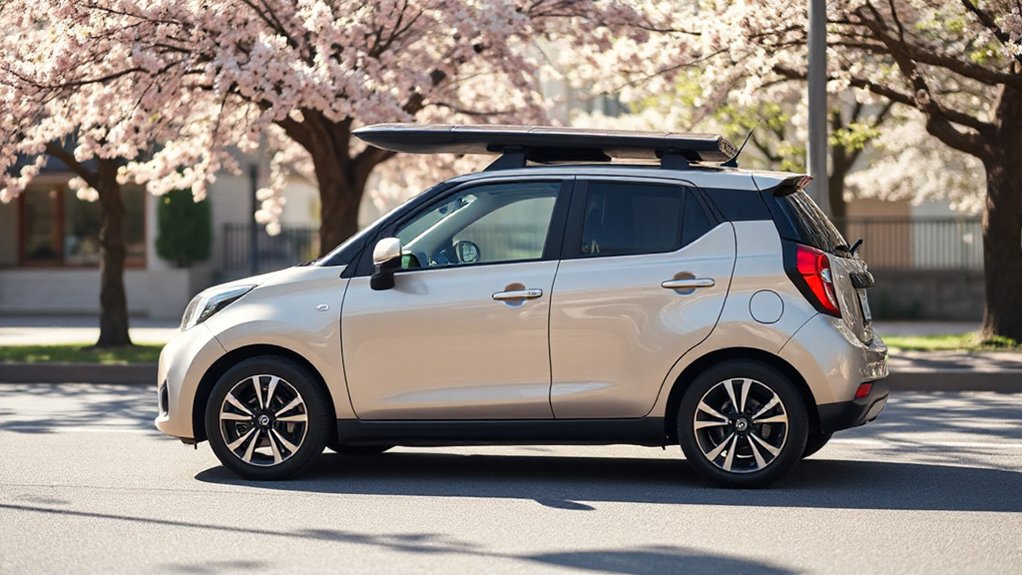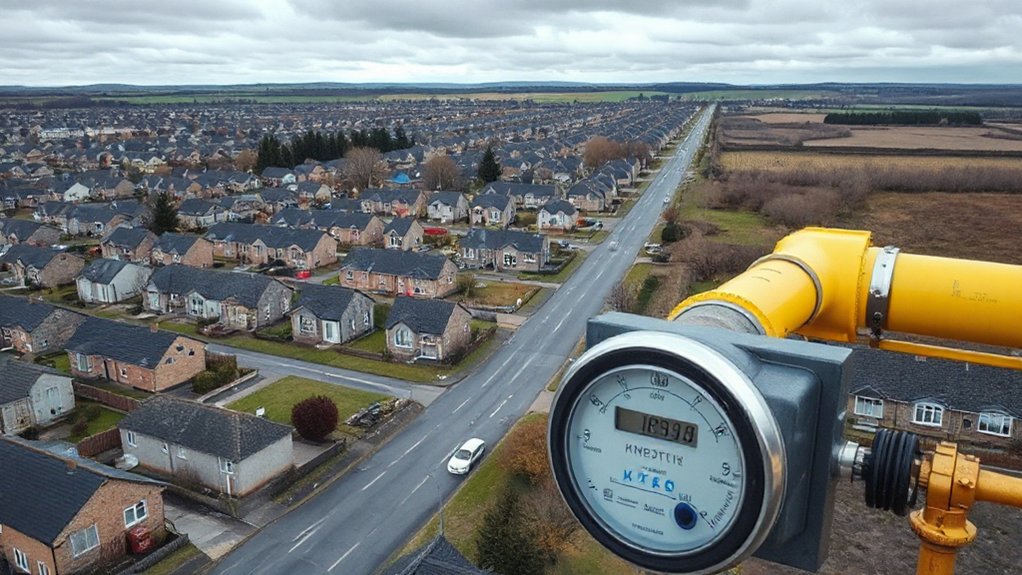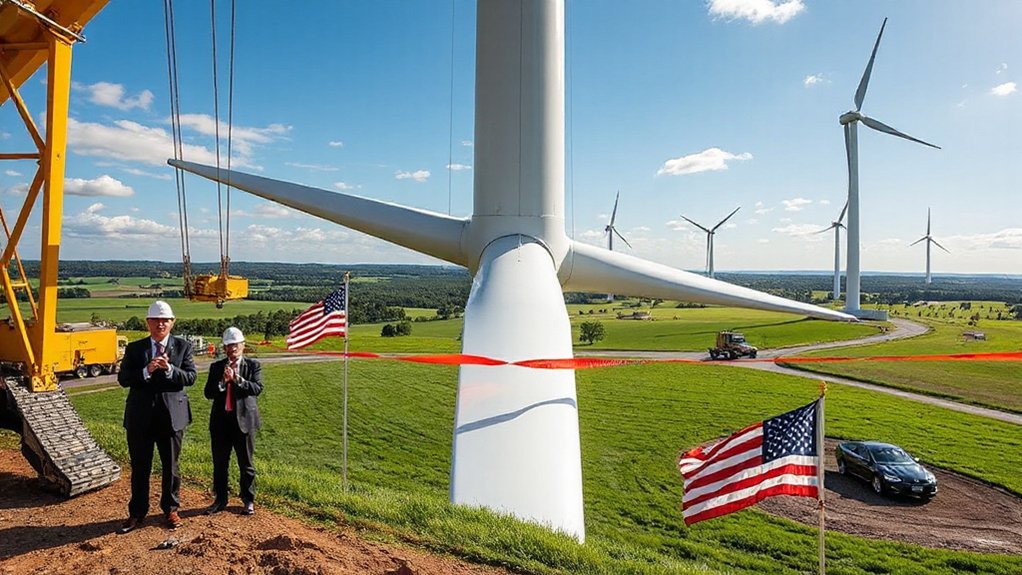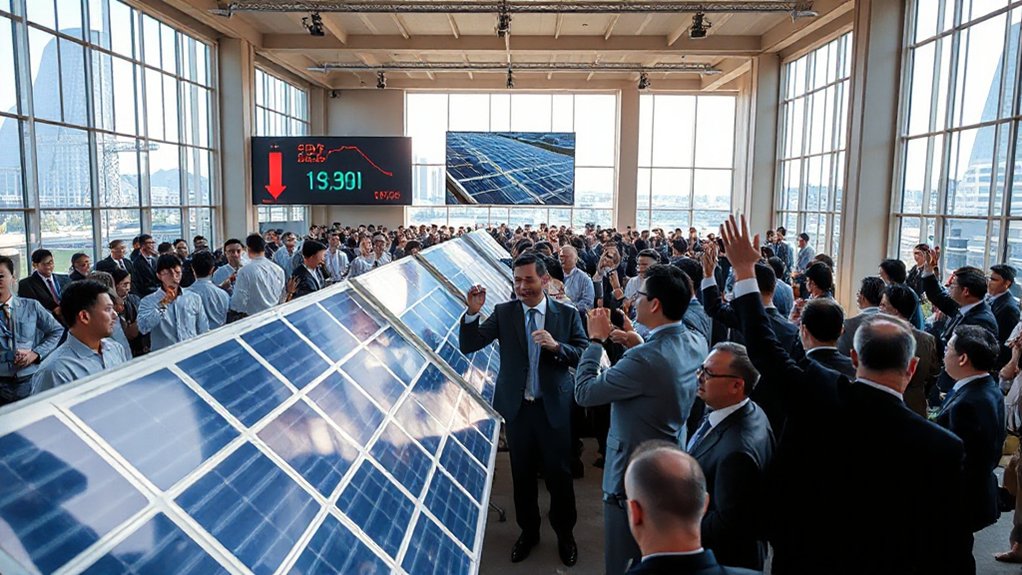While electric vehicles continue to gain popularity worldwide, a century-old idea is making a comeback to solve one of their biggest challenges: recharging time. Battery swapping, where depleted batteries are quickly exchanged for fully charged ones, isn’t new. It was first proposed in 1896 and implemented for electric trucks by Hartford Electric Light Company from 1910 to 1924, covering more than 6 million miles.
Battery swapping isn’t a modern innovation—it’s a 128-year-old solution experiencing a renaissance in today’s EV market.
The concept has seen several attempts throughout history. Milburn Electric cars used swap systems in Chicago as early as 1917. In the modern era, Better Place tried to revive the idea between 2007 and 2013, partnering with Renault, but ultimately filed for bankruptcy in 2013. Better Place’s failure demonstrated the importance of market timing in successfully implementing battery swapping technology. In the 1990s, Suntera developed the SUNRAY electric vehicle with a removable battery cartridge system, demonstrating early innovation in modern battery swap technology.
Tesla also experimented with battery swapping but abandoned it in favor of fast charging stations. Most early attempts faced significant hurdles: high startup costs, engineering challenges in standardizing batteries, and lack of compatible vehicles. The charging infrastructure challenges continue to be a significant obstacle for widespread EV adoption today.
Today, battery swapping is experiencing a revival, particularly in Asia. Chinese automaker NIO leads with over 2,000 swap stations and 44 million completed swaps. Other Chinese companies like Geely and BAIC are following suit, focusing on taxis and delivery fleets. In India, companies such as Sun Mobility and Ola Electric are building networks for two and three-wheelers.
New business models are helping drive adoption. Battery-as-a-Service (BaaS) allows customers to buy vehicles without batteries, reducing upfront costs. Subscription and pay-per-use plans offer predictable expenses and eliminate range anxiety for commercial users.
Technical advances have made swapping faster and more reliable. Modern stations can change batteries in under five minutes. Industry coalitions are working on standardizing battery packs, while robotics and automation have improved efficiency.
For high-usage vehicles like taxis and delivery vans, swapping offers near-continuous operation without long charging stops. With government support in China and growing industry collaboration, battery swapping may finally fulfill its century-old promise.
